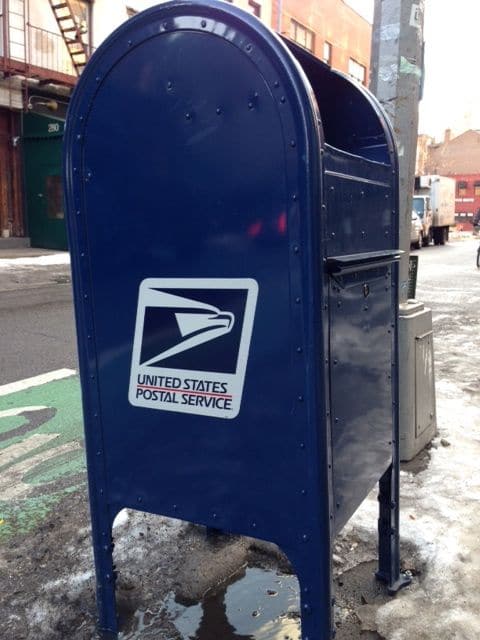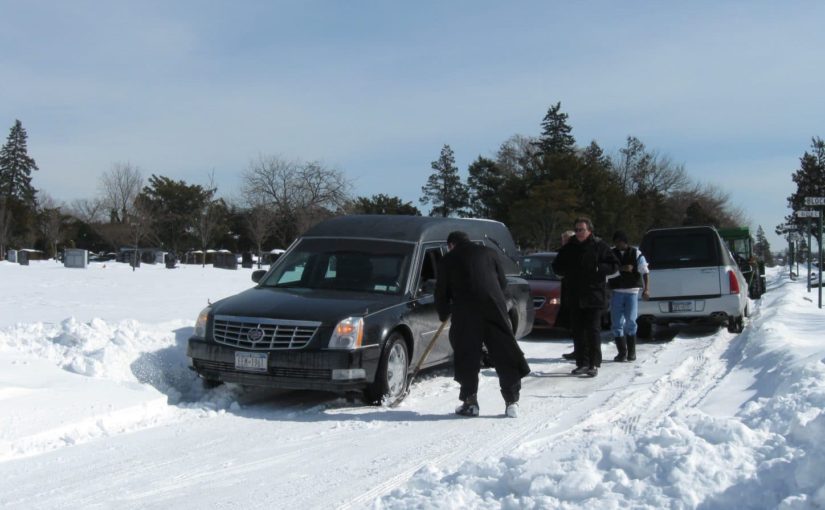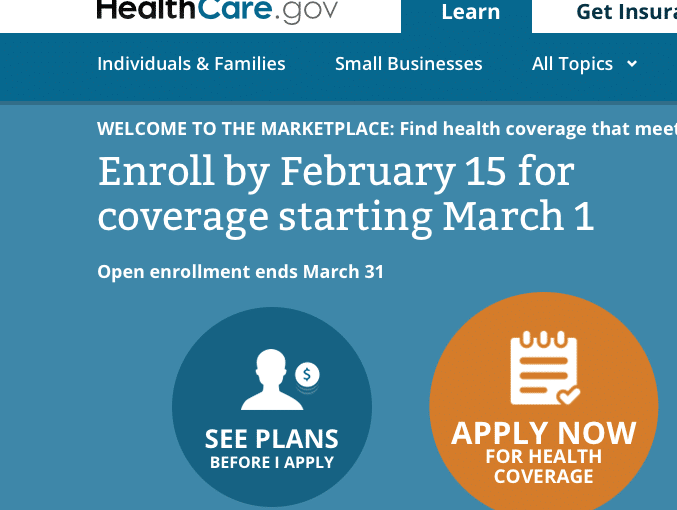Cousin Marilyn died a few days short of her 90th birthday. Marilyn never married and had no children. About seven years ago, she asked me to take care of her while she lived and handle her affairs after she died. It was my pleasure, and sometimes not, to help her.

But like everything that’s not particularly pleasant, you don’t dwell on the details of what comes at the very end until you must. I’d forgotten about the cost of funerals. And this time, when I tallied everything up, I was again surprised about how expensive it is to die and have even a modest burial.
The take-away for me and for everyone is that you’d better save for your funeral.
Marilyn was in a rehab nursing home and we hoped she would get better. She’d been hospitalized with pneumonia and recovered from that. She was feisty and strong-willed and really seemed to want to live. But during the last weeks, she just wore out and faded away. I saw her an hour before she died and she was clearly going and ready.
A few days earlier she said, “I’m fed up.” And then she asked, “What am I supposed to do?” I said, “Just be.” She repeated, “Just be,” and shook her head.
It wasn’t a surprise when the nursing supervisor called me with the news. We agreed that I would contact a funeral home to get her.
I called the Greenwich Village Funeral Home in our neighborhood. The funeral director, Peter DeLucca, was lovely and professional. He assured me they would pick up Cousin Marilyn and handle all of the details. The funeral home was three blocks from the nursing home. And I felt comfortable.
The next day, I visited the funeral home to go over the details with Gregory Zanitto, the funeral director assigned to us. Although Marilyn had loving cousins and good friends, most were far flung or not healthy enough to attend a cold weather funeral. Consequently, we decided against a service in the funeral home chapel and scheduled a graveside ceremony.
The rabbi from the temple I sometimes frequent was unavailable and Gregory suggested Rabbi Charles Rudansky. He’s the director of pastoral care at Metropolitan Jewish Hospice and had visited my Aunt Ethel in the hospice, and at home, when she was dying and then conducted her funeral. He was wonderful and this was great news.
Then Gregory and I went over the bill.
No item really stands out.
Transferring the body from the nursing home to the funeral home was $675
The hearse to the cemetery was $650
Supervising and other stuff was $595
The modest casket was $2195
We also had a Jewish ritual washing that included a burial shroud that added up to about $375
And there were more charges including the transportation permit and the death certificates, which the funeral home paid. That all came to $1,949.
The total funeral home bill was $7,605.
The cemetery fee was separate. It cost $1,564.

Marilyn had purchased the plot next to her mother years ago and that was a good thing. Plots at Old Montefiore Cemetery sell for about $4,500 and according to the Forward there’s a black market in funeral plots at this and other Jewish cemeteries.
So the total cost minus the Rabbi’s fee, which I paid separately, was $9,554.
Now again, the funeral home was terrific and did everything right. Marilyn’s burial was treated with dignity and respect and the graveside service that Rabbi Rudansky conducted was touching, personal and spiritual. I appreciate everything that everyone involved did.
It’s just really expensive to die and saving for your funeral seems to make a lot of sense.
Oh, one more thing. Old Montefiore is a relatively small cemetery. There’s one road in and the same road out. It snowed the night before the funeral and snow and ice clogged the road. We had to wait our turn to go to the grave and as we followed the silver hearse, we were suddenly brought to a halt.
The black hearse that was leaving after another funeral got stuck in the ice and needed all hands on the road to dig it out.
Summer funerals might be easier.
 Living! Get Inspired
Living! Get Inspired
 Boomers Stretch and Roll to Keep the Competitive Edge
Boomers Stretch and Roll to Keep the Competitive Edge
 Why Boomers continue to Play Sports
Why Boomers continue to Play Sports






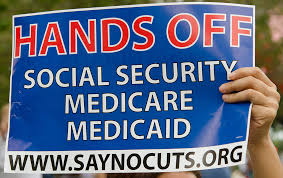

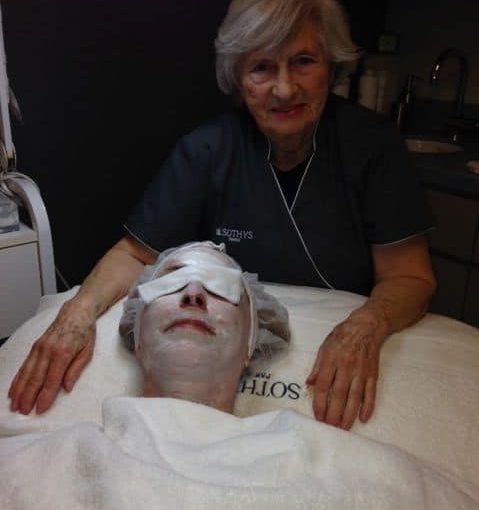

 And she was right. My skin felt felt soft and supple and it glowed when I looked at my reflection in the dressing room mirror. Days later, it still feels healthier and looks much better.
And she was right. My skin felt felt soft and supple and it glowed when I looked at my reflection in the dressing room mirror. Days later, it still feels healthier and looks much better. 